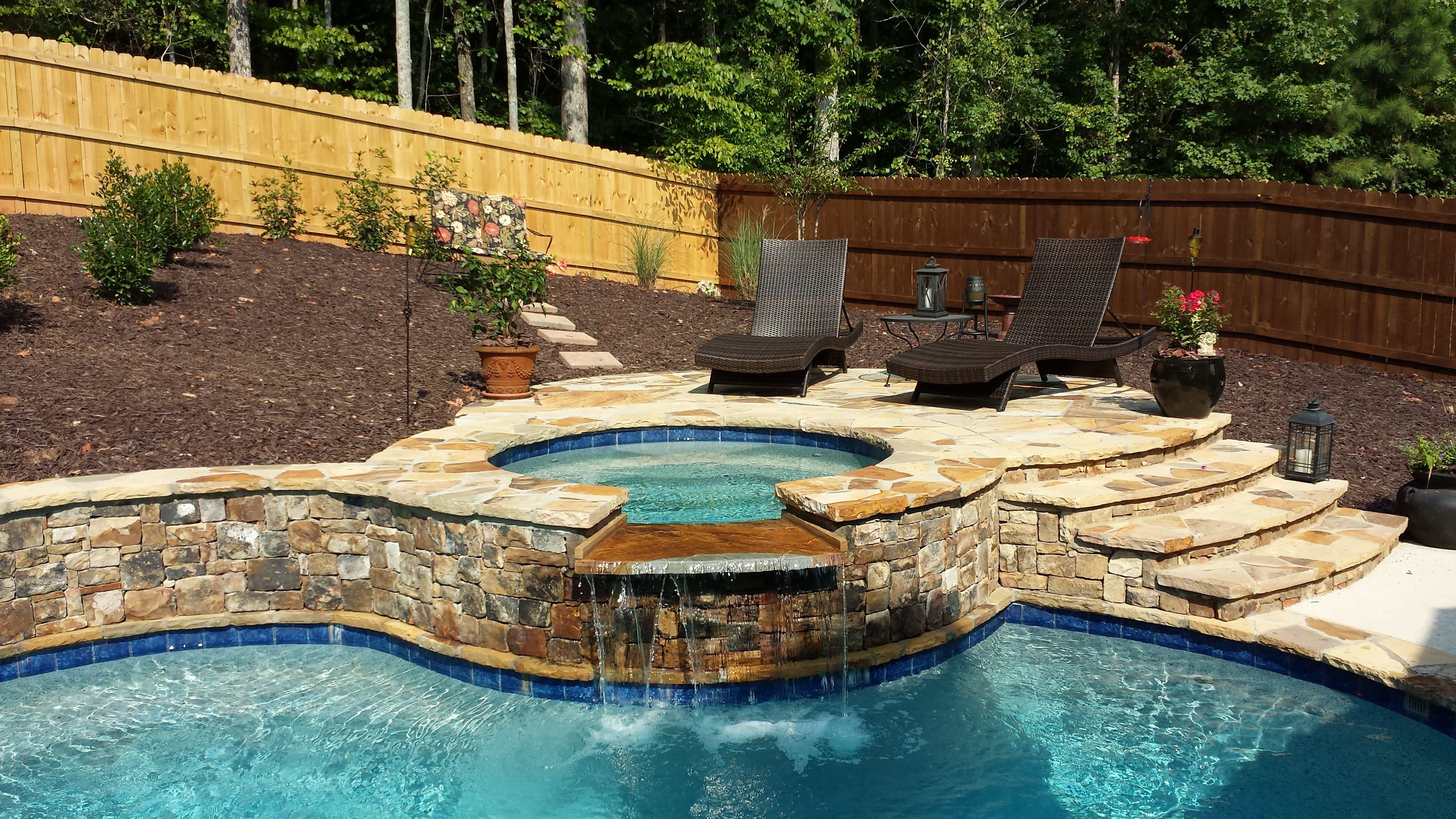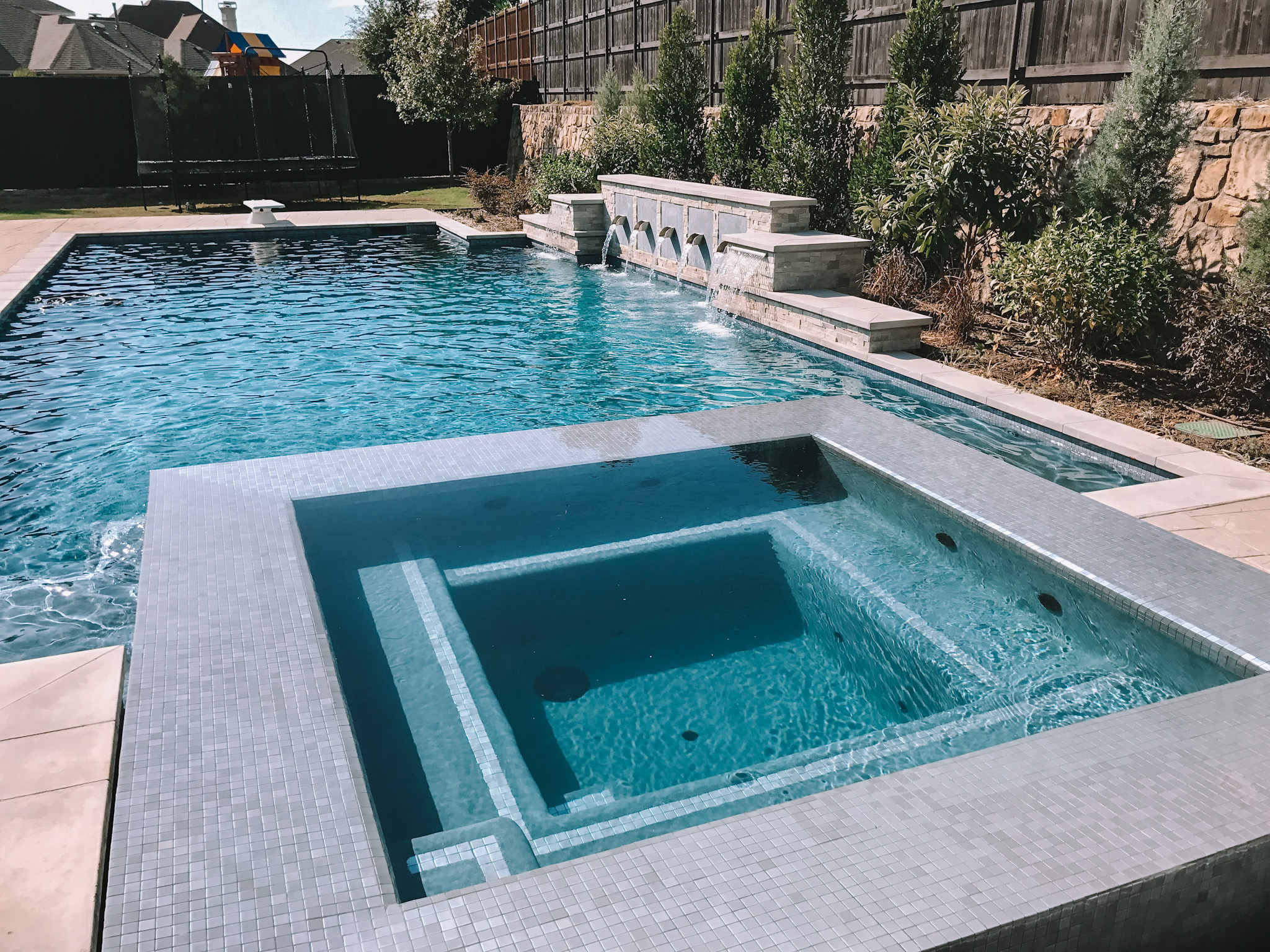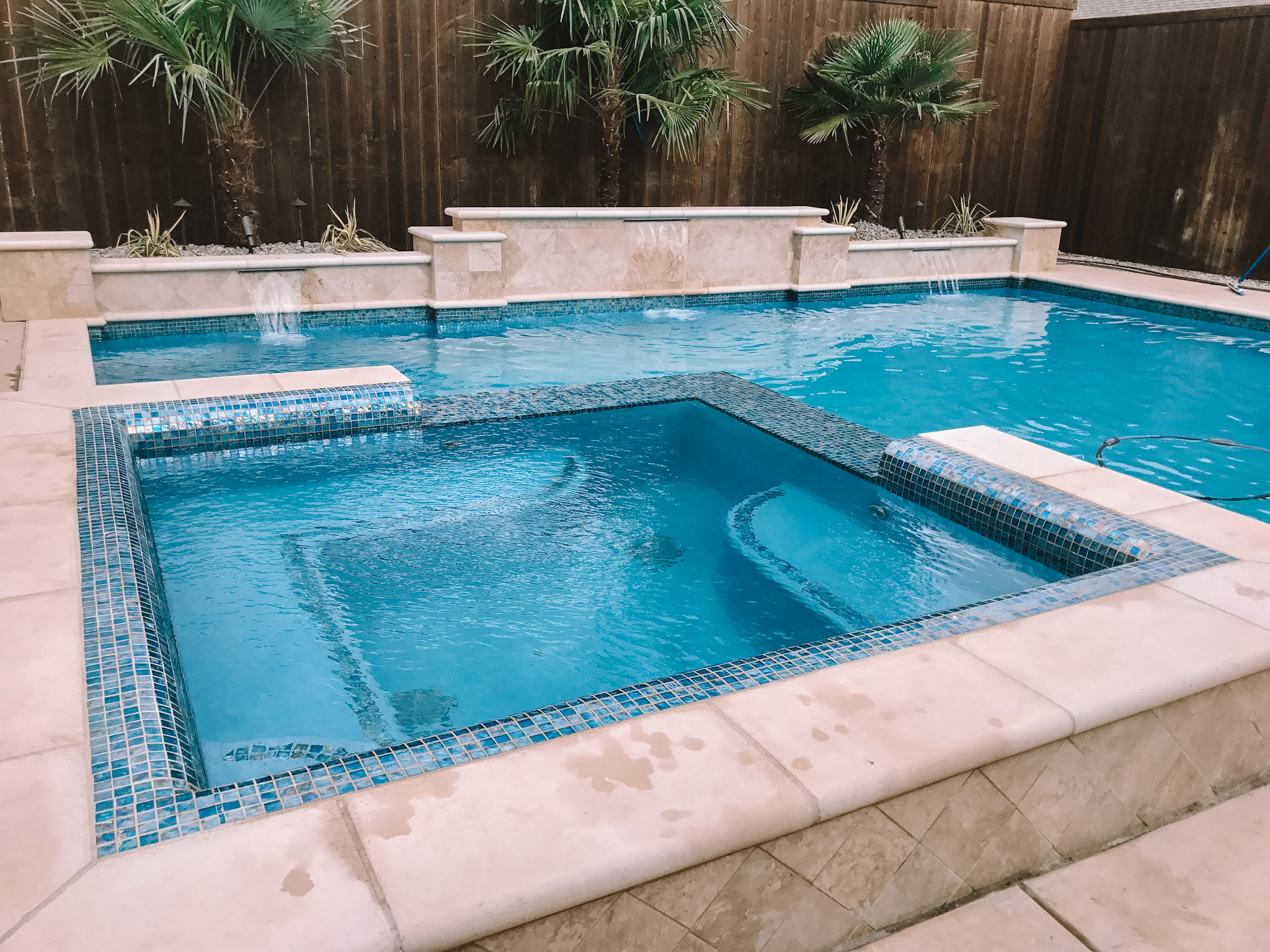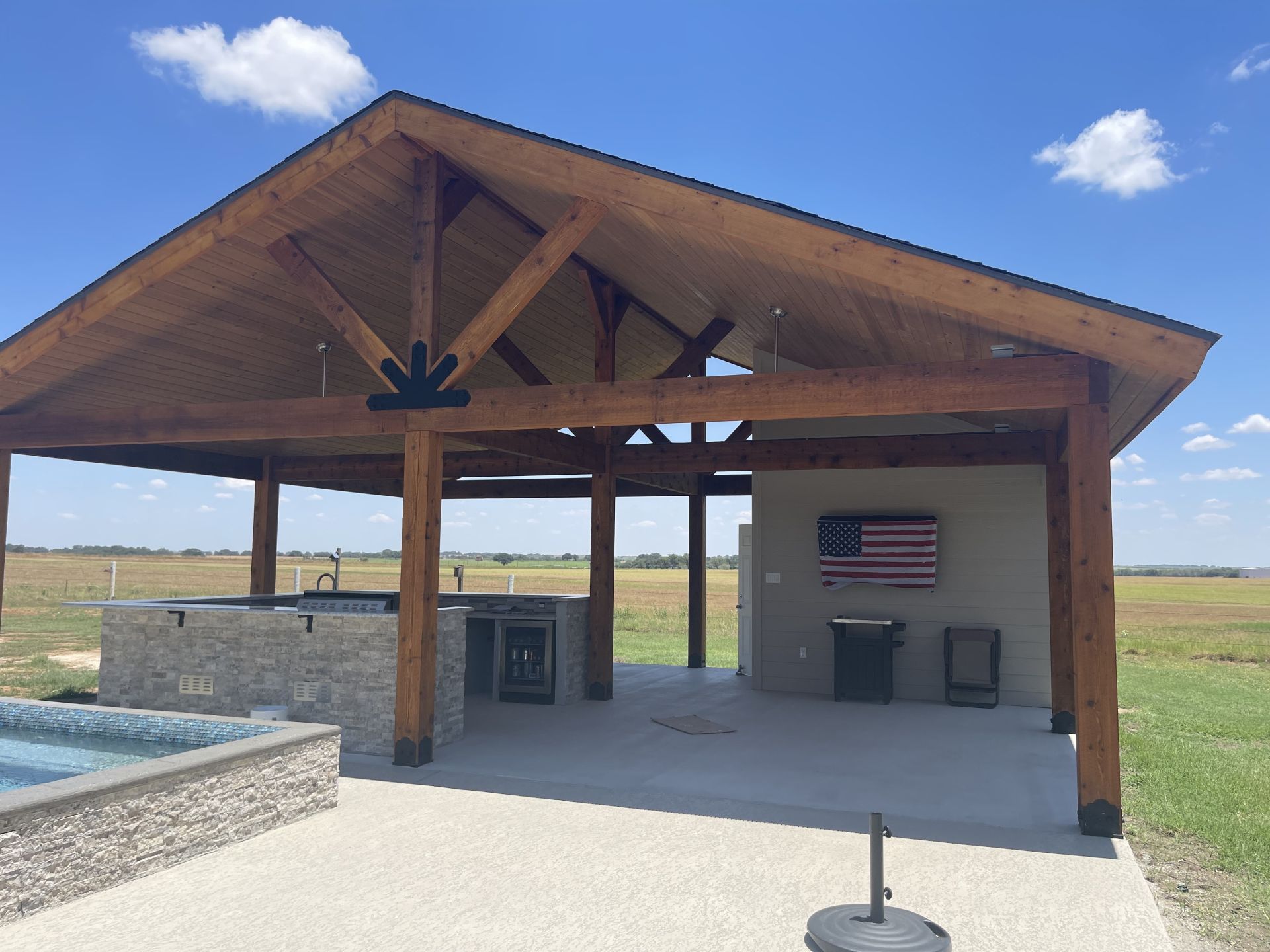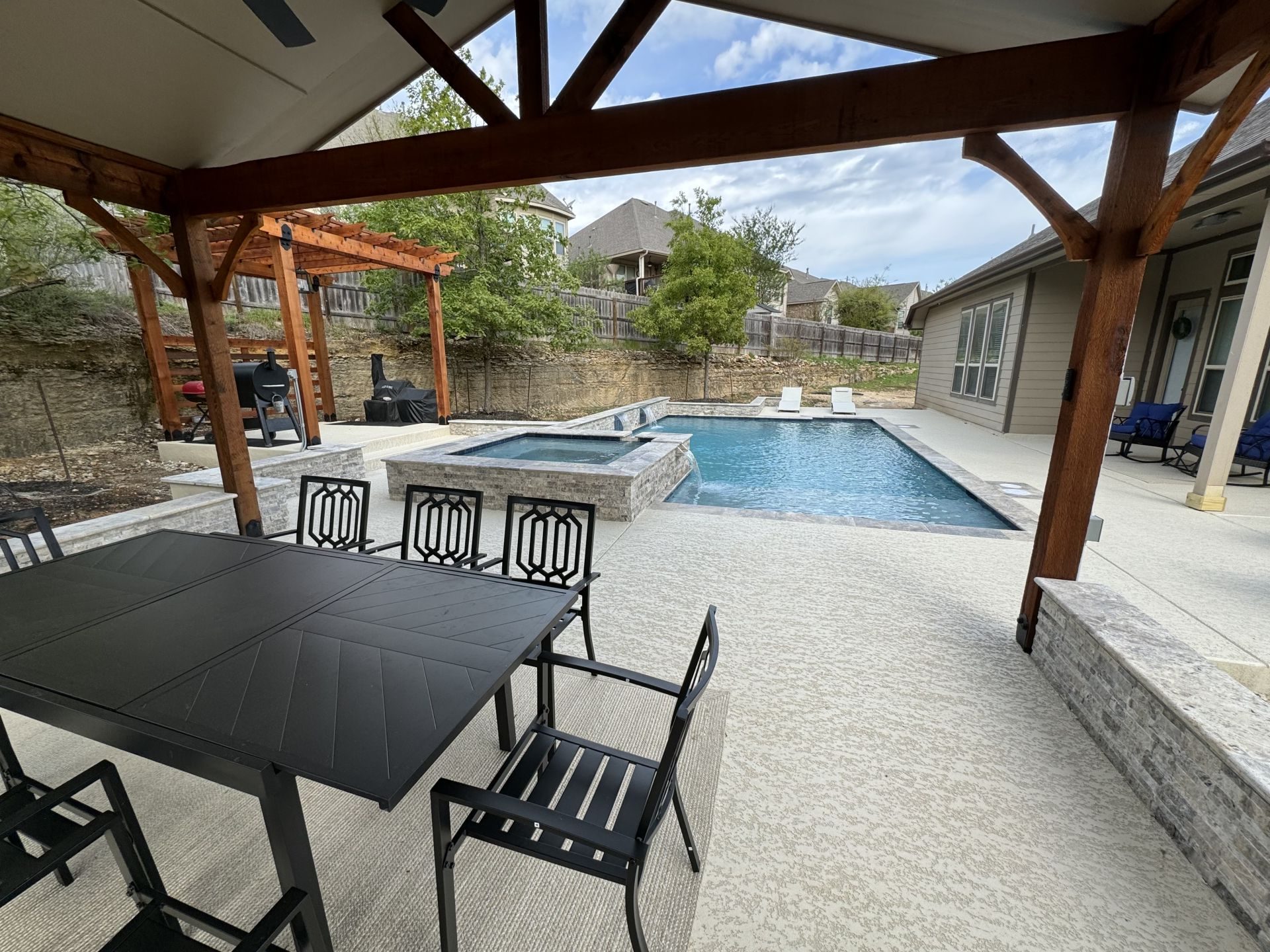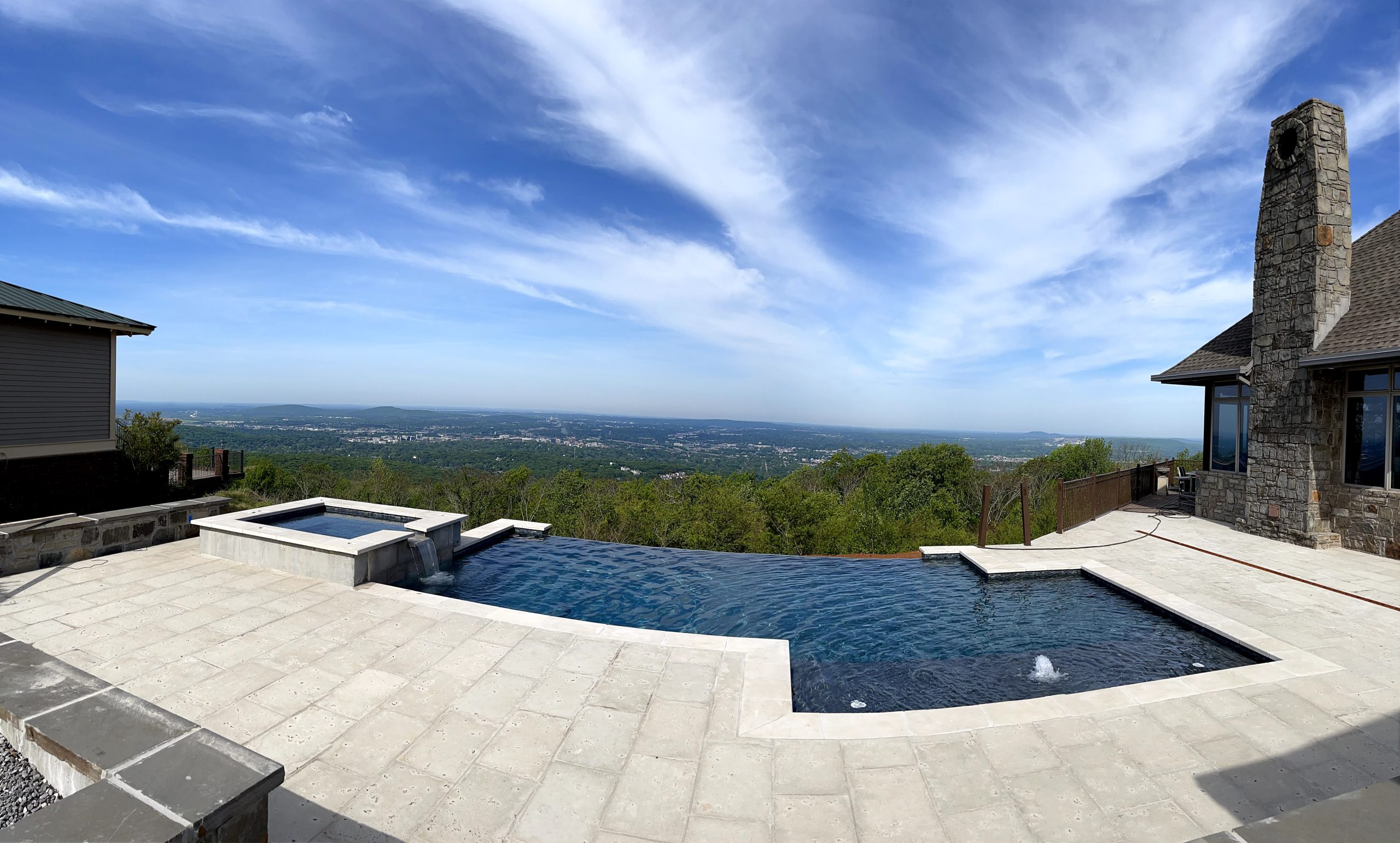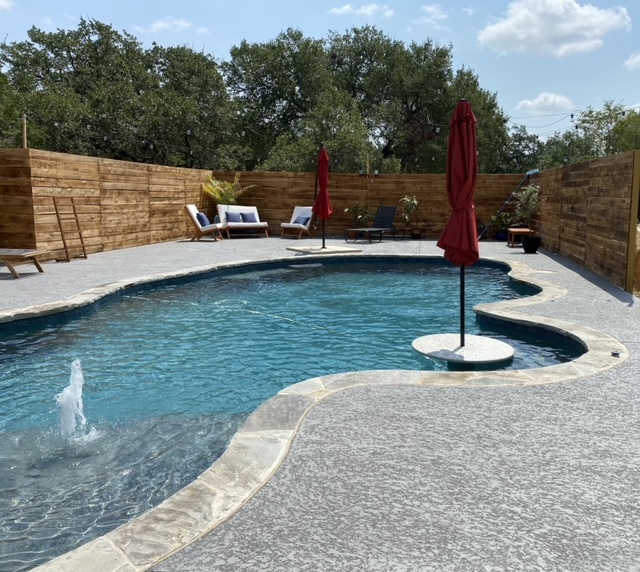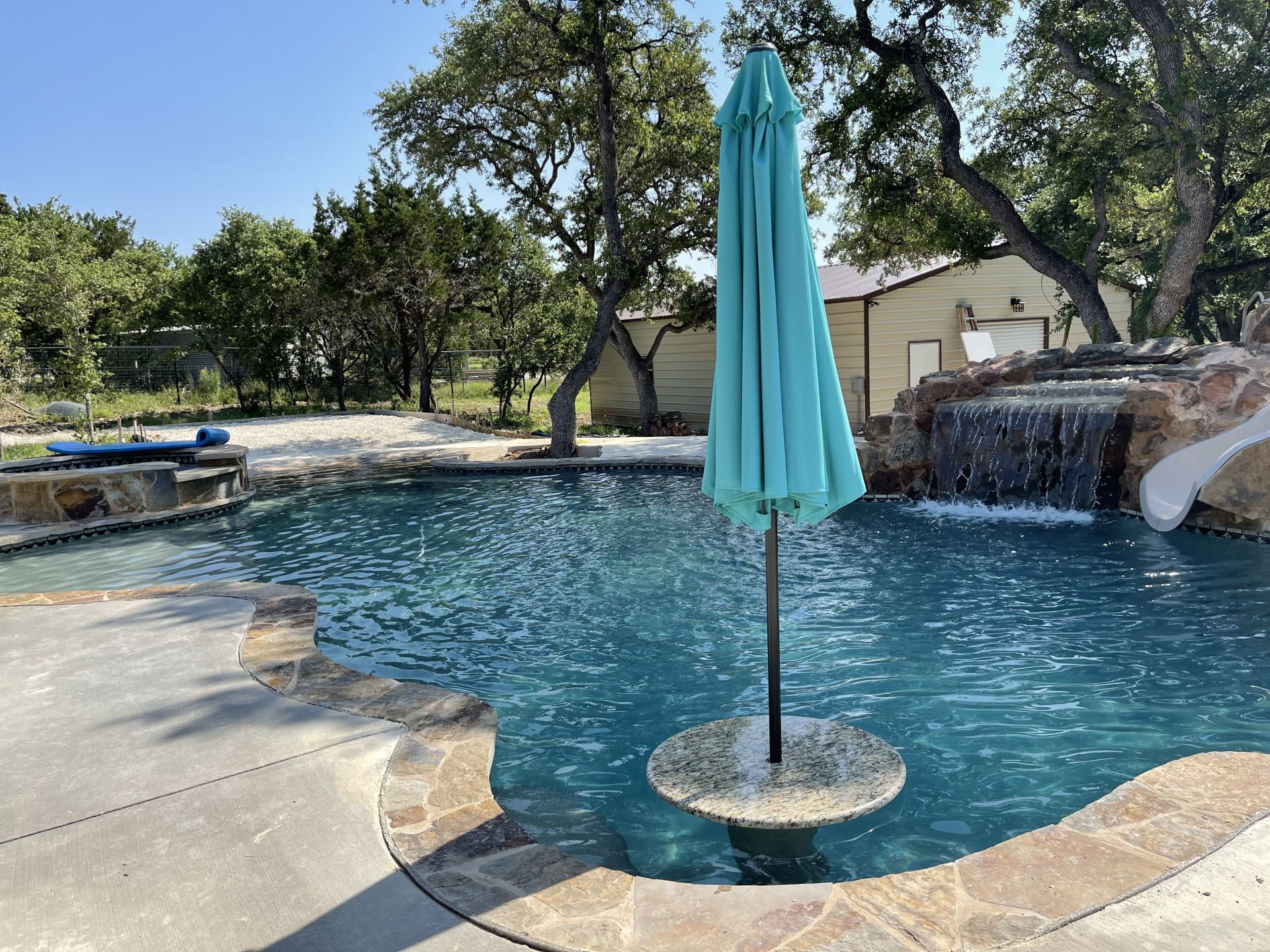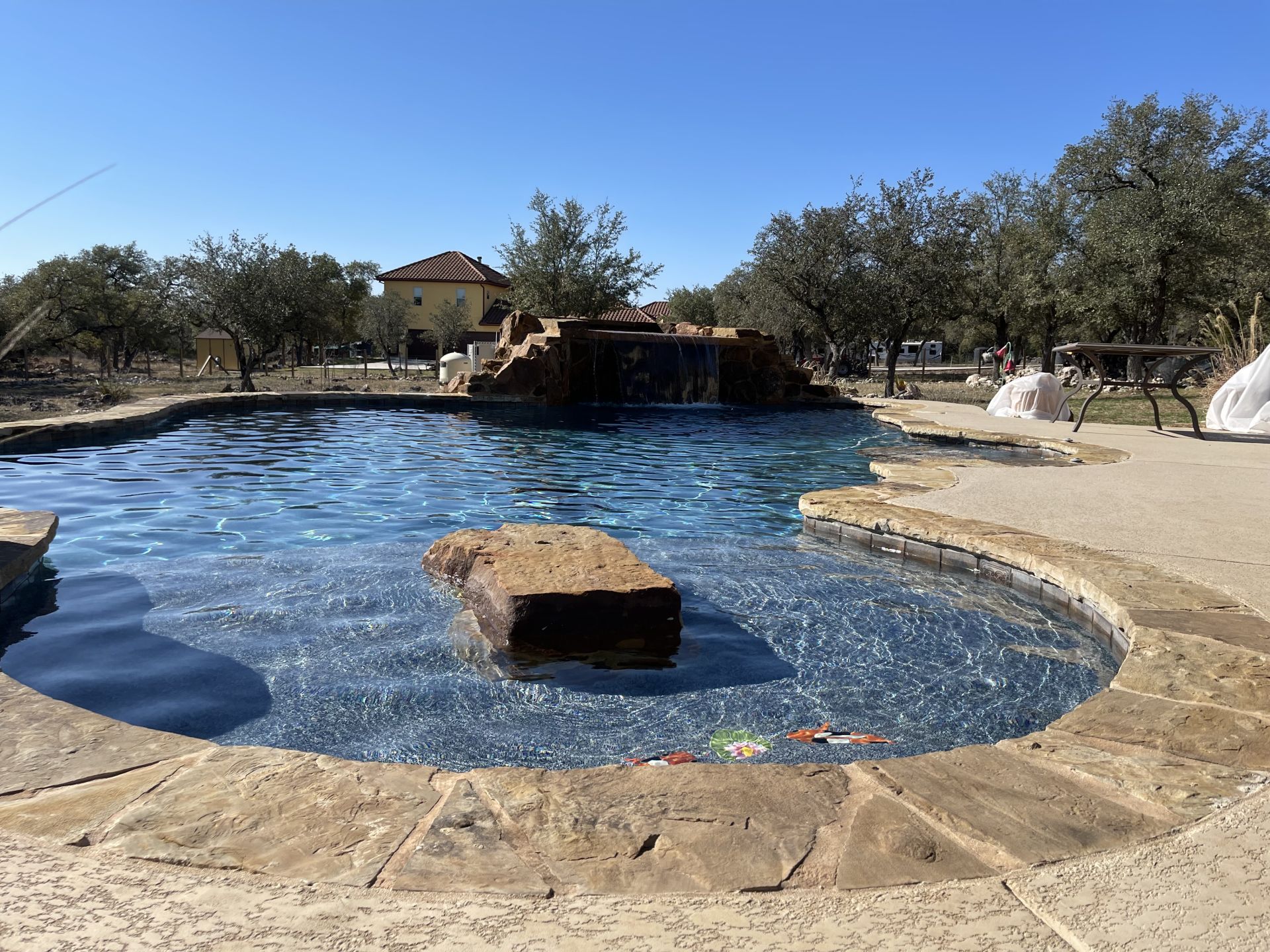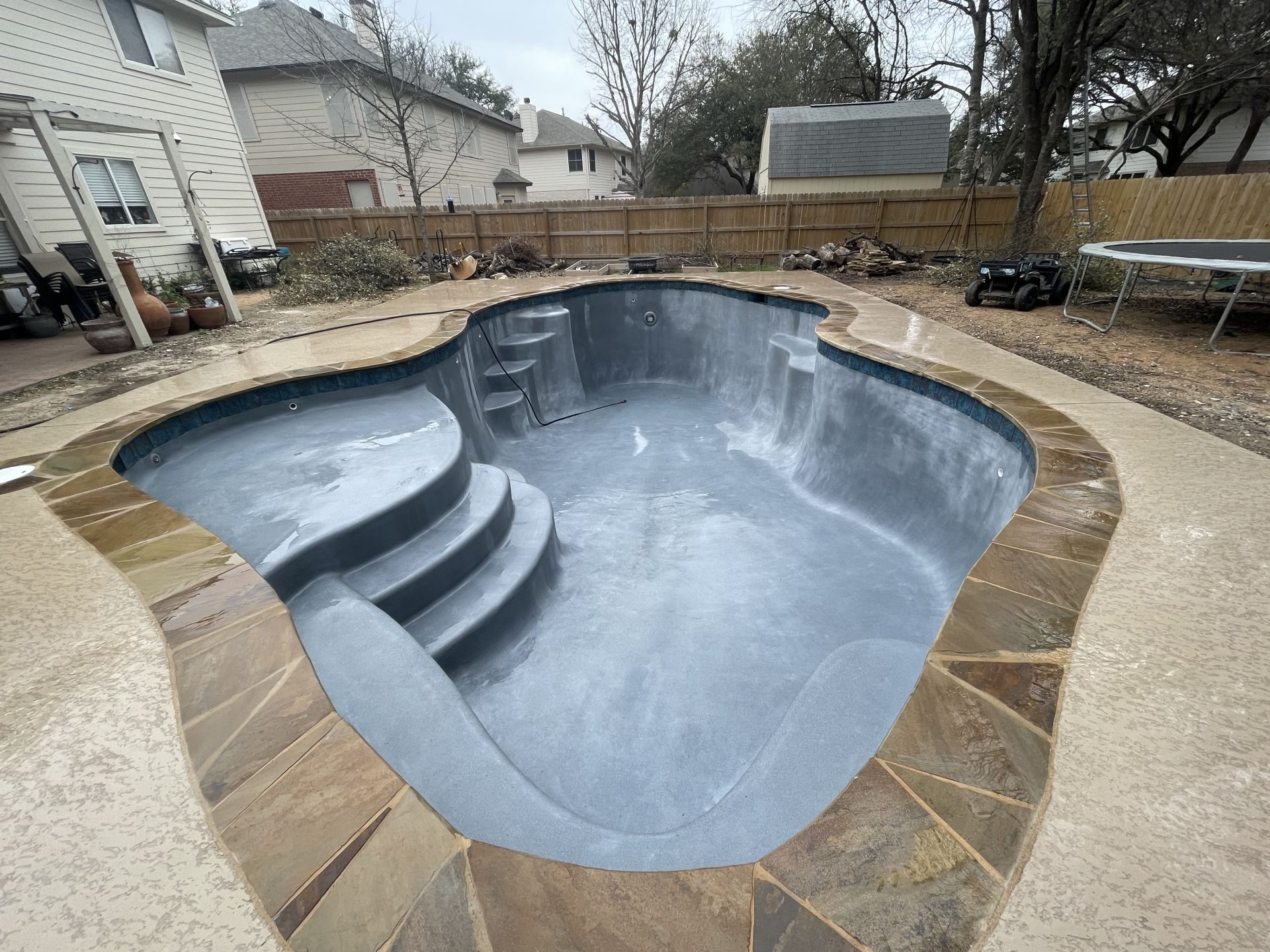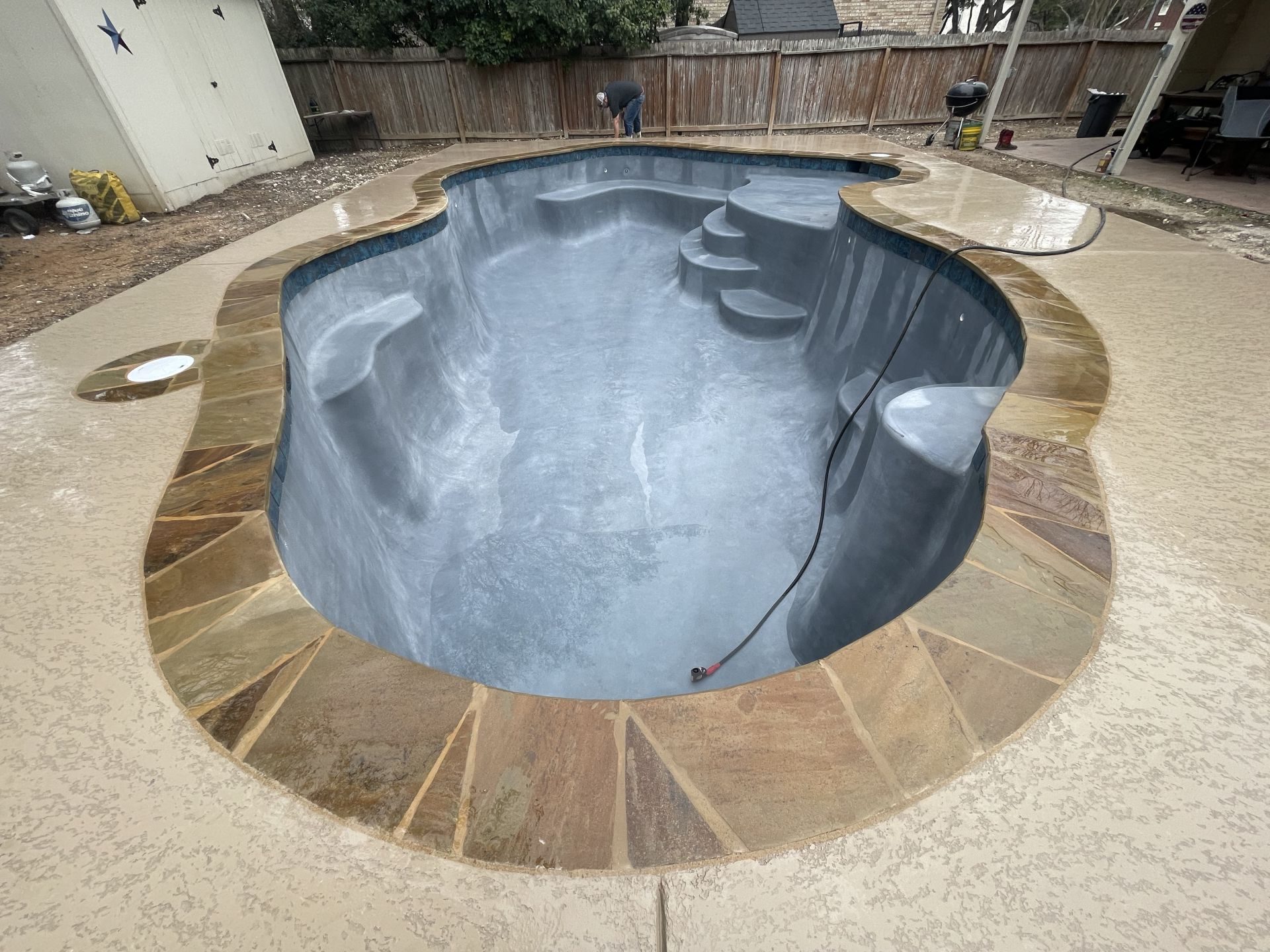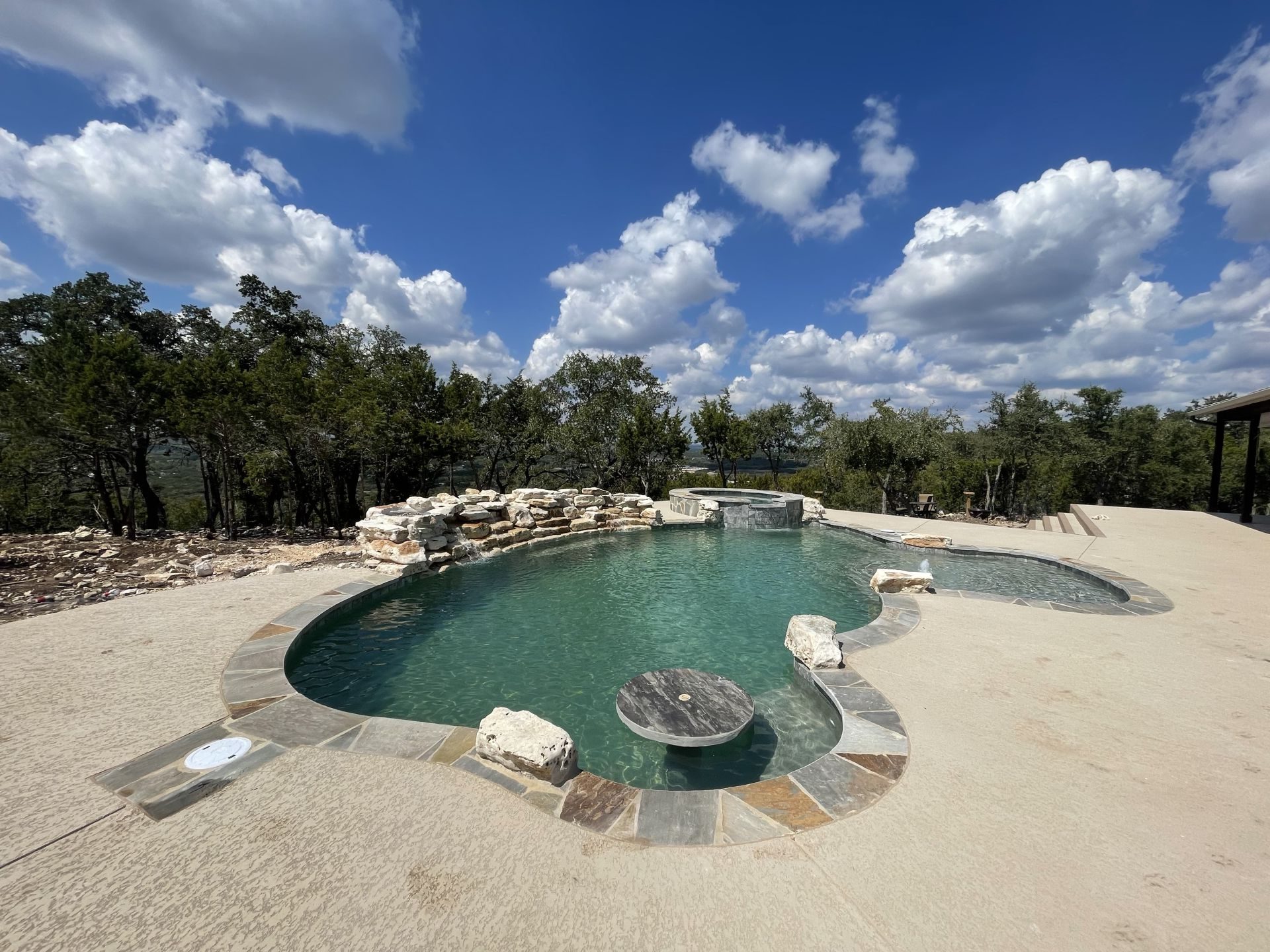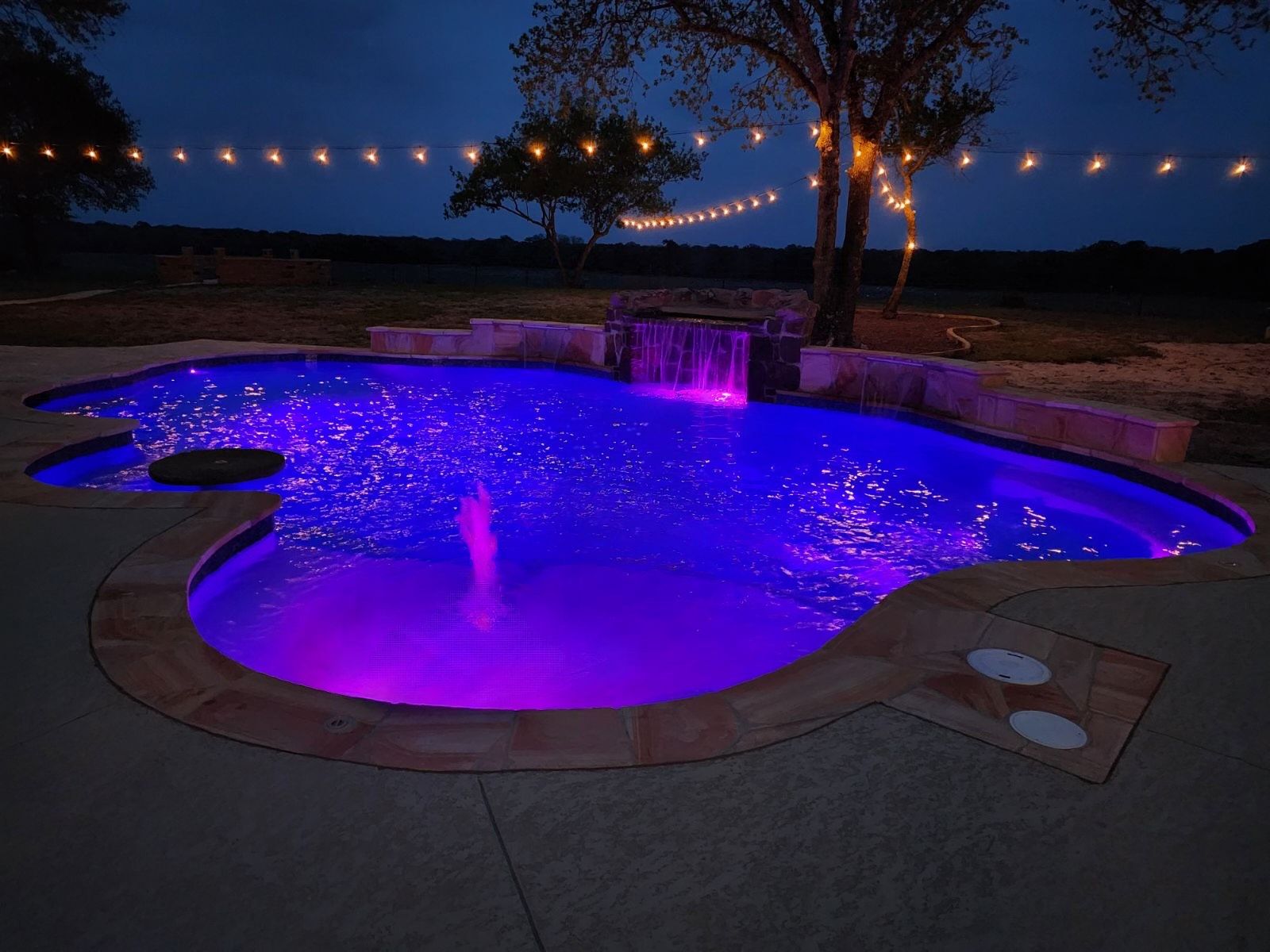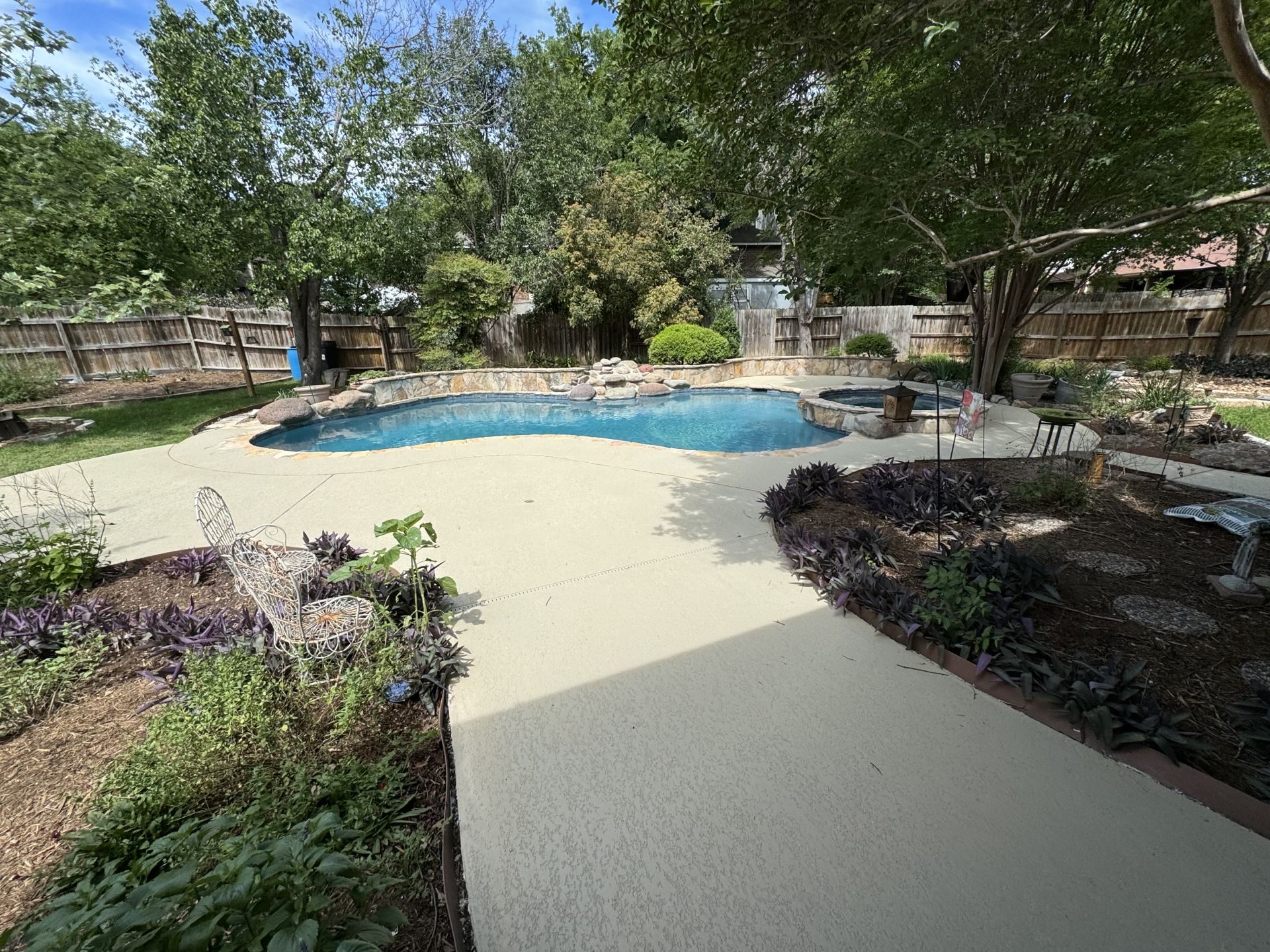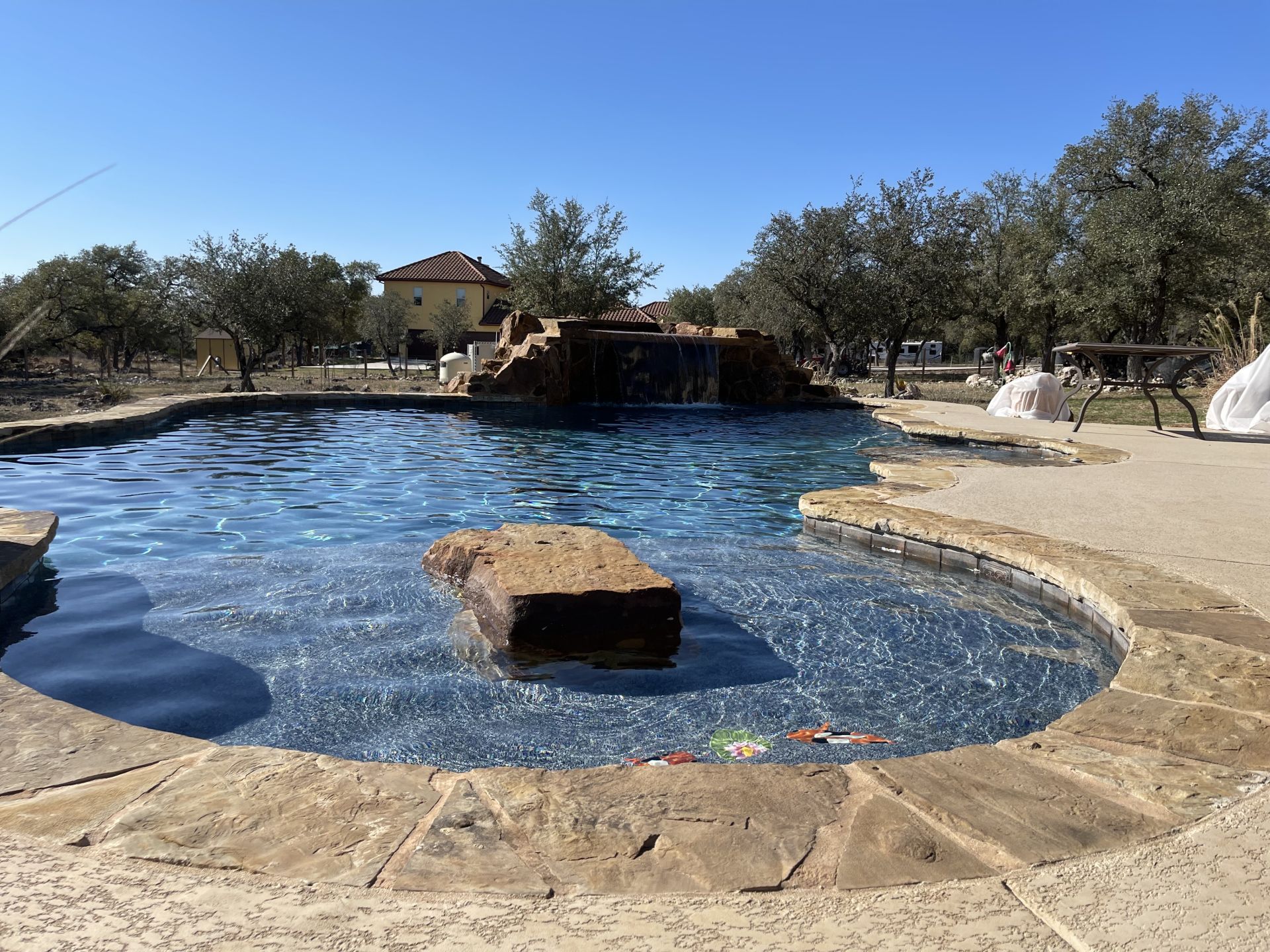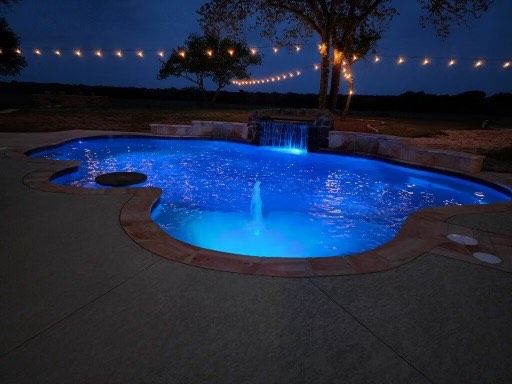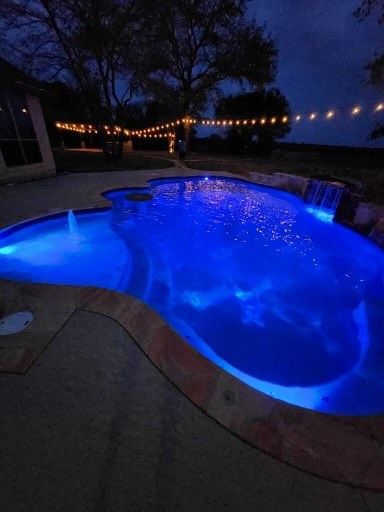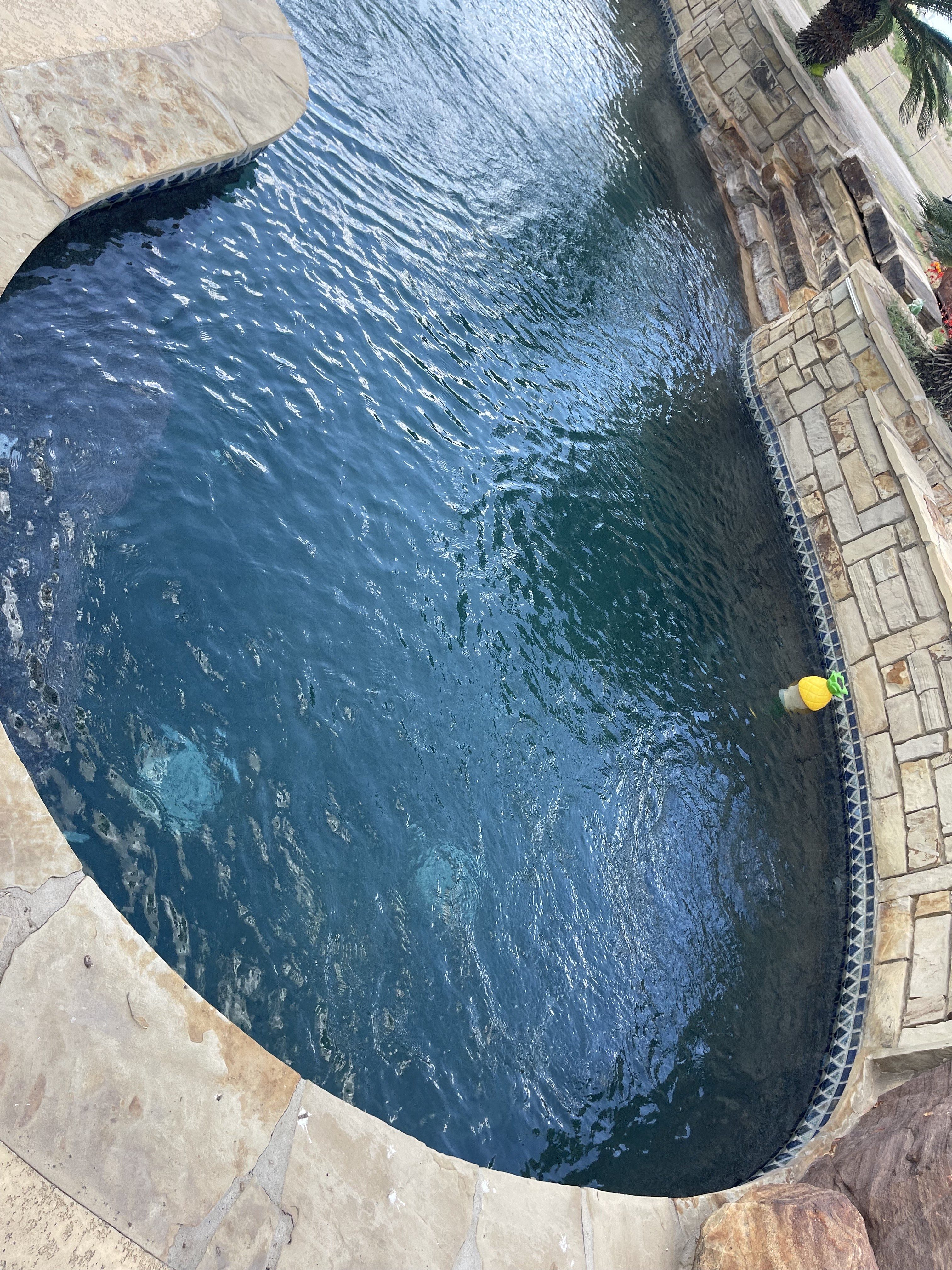The Importance of Pool Crack Repair
Your swimming pool was problem free when you installed it. Now several years have passed, and cracks are starting to show. It’s time to take a look at how cracks happen and what preventive measures you can take to avoid pool crack repair. Remember that choosing a pool liner that’s best for your pool can be very beneficial to avoid pool cracks.
How Pool Cracks Happen
Our swimming pool San Antonio repair specialists explain that pools crack due to a number of reasons, including shrinkage, settlement, and structural problems. For fiberglass pools, cracks can happen if your pool is not level when it is installed or the ground beneath the pool shifts considerably after installation. In both cases, the pool must be reinstalled.
Fiberglass pools also get spider cracks, the type of cracks that look like spider webs, in the gel coating. Usually, they do not impact the integrity of the pool itself, nor do they mean your pool is leaking — they only affect the gel coat layer itself. Spider cracks can be repaired by resurfacing the pool.
This is why one of the most important things you can do for your pool is maintenance. It’s important to properly care for your pool. If you don’t have time to give your pool a thorough cleaning, we do provide pool cleaning services
Types of Pool Cracks
Some cracks are surface-crazing, meaning there’s an excessive amount of shrinkage cracking which can result from an overly-wet plaster mix. Crazing may require replastering your pool. Some cracks are found running through the pool shell, and others are cracks in the plaster. You’ll often see small cracks in the surface of plaster pools. Deeper cracks are often found in connection points like corners, behind tiles, where a hot tub or spa meets the wall of the pool, or in the bond beam. Concrete pools are subject to cracks due to shrinkage, structural problems, bad concrete, and freezing temperatures.
Cracks Can Ruin Your Pool and Deck
Cracks can affect the structural integrity of your pool and deck. Cracked pools and broken decks pose a danger to every person using the pool — family members, friends, and pets. Left untreated, cracks can eventually affect the pool’s structure, creating a hazardous situation. Cracks may also indicate the pool is leaking water, costing you money and wasting natural resources.
Preventive Care and Maintenance
You can help maintain the safety and integrity of your swimming pool by adhering to some basic pool care and maintenance: Take off the pool cover when opening your pool and clean it. Also clean and vacuum the pool itself. Make sure the water level is at the proper height.
Regularly test the water for calcium hardness and alkalinity. Add chlorine either by hand or with an automatic feeder. Ensure that the pump is operating smoothly.
Inspect the water for any contaminants and discoloration. Regularly test the pH levels, adding increaser if it is too low. Check the exposed elements of the pool for wear and tear, including the sealant, tile, and grout.
With proper care and preventive maintenance, you can help avoid cracks. Once discovered, fix cracks as soon as possible to avoid creating a larger, and more expensive, pool crack repair job.
If your pool is in need of resurfacing, contact us. We’re some of the leading experts in pool renovation in San Antonio and can help you improve your pool’s durability with a plastering resurfacing!

